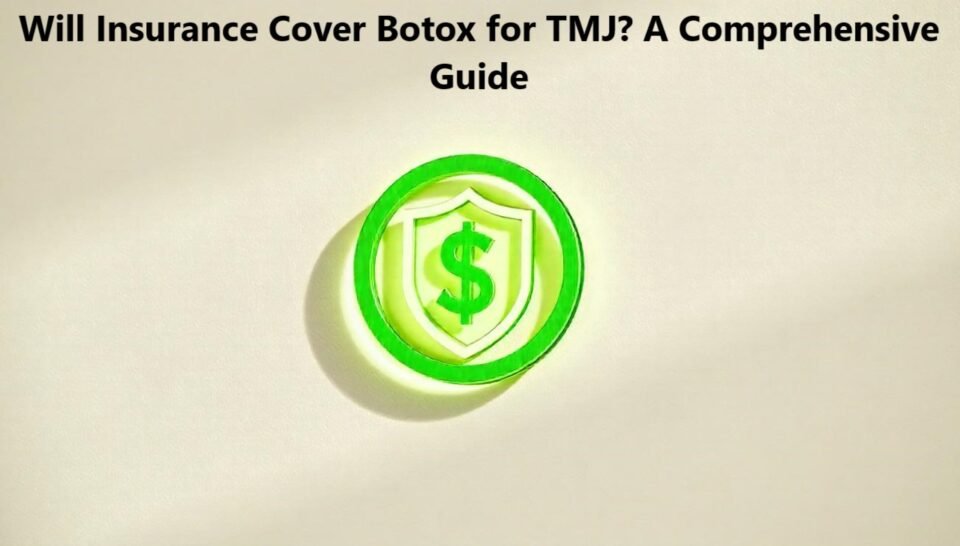There are key terminology to be aware of when shopping for health insurance, particularly terms insurance companies use to define education exercise, fees, and costs you yourself as the policyholder will be responsible for paying out of pocket. The deductible and out of pocket maximum are two of the most commonly misinterpreted phrases. Both are vital arteries of your health insurance, contributing greatly to just how much you will pay for healthcare services. Knowing the difference between the two can assist you in selecting the suitable health insurance plan, and also to ensure your financial health aspects of your healthcare.

Read on as we break down the differences between health insurance deductible and out of pocket maximum, how each works, and tips on what to look out for when shopping for health insurance.
A Health Insurance Deductible is
Health insurance deductible is the amount of money that your insurance policy is going to pay or contribute towards the cost of covered medical services starting from after your health insurance deductible starts. In simplest terms, it’s the cash you pay out of pocket every year for doctor checkups, prescriptions, hospital stays, and medical procedures.
However, there is one notable exception: preventive care. With this type of care, like annual physical exams, vaccines and screenings, you wouldn’t have to pay anything out of pocket (meaning there’s no deductible you have to meet first).
After you’ve paid your deductible, you typically only pay a copayment (copay) or coinsurance for the services you get. What the rest of the cost is will depend on what’s in your insurance plan.
Example of How a Deductible Works:
Let’s consider a scenario. If you have a certain health insurance plan with a $1,000 deductible, for example, you’d spend up to $1,000 out of your pocket before insurance begins to help with costs. For example, let’s say you have a medical bill for $3,000 and are responsible for the first $1,000; then your insurer will pick up the other $2,000 (minus any coinsurance or copays you’re responsible for).
Your deductible amount varies by plan. Lower monthly premiums plans tend to have higher deductibles while plans with higher monthly premiums tend to have lower deductibles.
The Out of Pocket Maximum is all that you’re going to spend out of your pocket on healthcare services.
Most will cap out-of-pocket spending and the amount they would pay in total for services in a year is known as the out of pocket maximum. Your deductible other cost sharing expenses like copayment and coinsurance are also included. After that, your insurance will pick up the entire cost of any further covered services for the rest of the year.
Keep in mind that out of pocket maximum only refers to services covered by your insurance and not premiums or services not covered by your insurer or services received out of network.
So what is the Out of Pocket Maximum?
The out of pocket maximum is the most in any 12 month period you’ll pay for covered healthcare services. Copays, coinsurance, deductible, other cost sharing expenses — your total out of pocket means exactly this: this amount plus your deductible. After you’ve met your out of pocket maximum, your insurance will pay the full amount for any extra (covered) services for the rest of the year.
Keep in mind that the out of pocket maximum only includes services that are covered under your insurance, and does not include premiums or services that aren’t covered by your insurance, or services obtained out of network.
Example of How an Out-of-Pocket Maximum Works:
For example, if you have a health plan that includes a $1,000 deductible and an out-of-pocked maximum of $4,500. If you have a health problem that puts you in the emergency room, you would use that $1,000 of insurance regardless of the health problem to pay the emergency room bill because of the $1,000 deductible. This does count toward your out of pocket max.
Suppose now that other than your deductible, you pay another $3,500 in copayments and coinsurance for other such things as follow-up visits and ongoing treatments. The rest of your healthcare costs for the rest of the year will be paid for once your total oot of pocket expenses for the year hit $ 4,500.
Differences Between Deductible and Out of Pocket Maximum
Though the deductible and out of pocket maximum may sound the same, they provide different purposes in your health insurance plan. Understanding the differences will help you manage your healthcare costs effectively:
Purpose:
This is the amount that you have to pay to start the contribution of your insurance for covered healthcare services.
Out of pocket maximum is the highest dollar amount that will be left to pay for covered services in a year (deductible, coinsurance and copayment).
Cost Coverage:
If you meet your deductible, you may owe coinsurance or copays for extra services until you hit your out of pocket maximum.
Affording these expenses for the remainder of the year can be made possible by a maximum amount that you’ll have to pay (the out of pocket maximum) and when you reach the set costs your insurance will pay.
Impact on Premiums:
Generally, though, you get plans with lower premiums with higher deductibles, which means you’ll pay more upfront before insurance kicks in.
Deductibles — the amount you must spend before insurance kicks in — tend to be lower under plans that charge higher premiums. And your monthly premium will be higher.
Inclusions:
The deductible usually only applies to medical services, not the premiums and other services that aren’t covered.
The out of pocket maximum is the amount you are responsible to pay for covered services minus your deductible, and copayments and coinsurance.
What to Consider When Choosing a Plan Based on Deductibles and Out of Pocket Maximums
Depending on your healthcare needs, and your financial situation, you got to select the right health insurance plan. Here are some tips to help you make the right decision:
Consider your healthcare needs: If you think you are going to have a lot of medical bills (if say you have a chronic condition, or are planning on having surgery) then it may be worthwhile to choose a plan with a higher premium and a lower deductible as your insurance will start picking up more of your expenses earlier.
Evaluate your budget: For most, a plan with a lower premium and higher deductible will be cheaper in the long run if you are in good health and won’t usually need a lot of medical care. But there’s always the surety that you should determine if the deductible is something you can actually manage to pay in the event of an emergency.
Don’t forget about out-of-network costs: If your insurance plan has an out of network deductible or out of pocket maximum, you should know that your doctors and preferred hospitals are in network. But out-of-network services usually don’t apply toward your out-of-pocket maximum, which can add to your out-of-pocket costs.
Review the details: So you should always read the fine print in your health insurance plan and see what exclusions and coverage limits there are. It is also important to know exactly what costs are covered under these plans and how your deductible and out of pocket maximum relate to your total out of pocket expenses.
Conclusion
It’s worth knowing the difference between a health insurance deductible and an out of pocket maximum so you can be more informed about what your health insurance plan will cost you. If you know how these elements work, you’ll know better how much you will have to spend on your healthcare and be able to choose the plan that meets your health needs and money.
Compare plans, consider the amount you’ll have to pay out of pocket and be comfortable with how much it will cost you before you decide. In the end, it really pays to make an informed decision today, because the costs tomorrow could be surprises.





